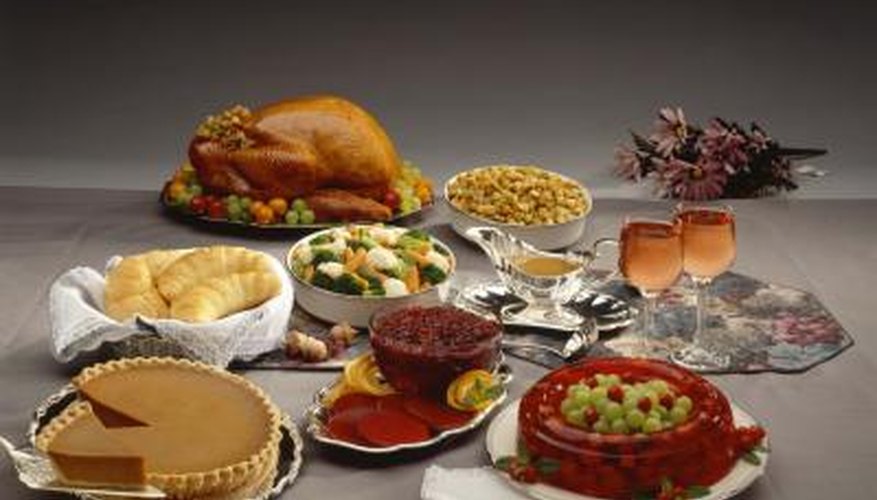Jelly moulds can create decorative gelatine displays with a great deal of detail, but sometimes the jelly clings to the mould, making it difficult to remove from the mould. By forming a seal against the sides of the mould, the jelly allows a vacuum to form at the top of the mould when you tip it over, so the jelly is stuck tight. Never fear; there are two techniques that can liberate your jelly from the mould without damaging it.
- Jelly moulds can create decorative gelatine displays with a great deal of detail, but sometimes the jelly clings to the mould, making it difficult to remove from the mould.
- By forming a seal against the sides of the mould, the jelly allows a vacuum to form at the top of the mould when you tip it over, so the jelly is stuck tight.
Allow the mould to warm for five minutes at room temperature before trying to unmould it.
Run a thin knife between the edge of the jelly and the interior of the mould. Insert the knife as far down the side of the mould as you can without damaging the jelly, then move the knife along the edge for 5 to 15 cm (2 to 6 inches). This will break the seal between the jelly and the mould. Put a plate over the mould and invert the mould and the plate together; the jelly will drop onto the plate.
Heat the exterior of the mould, if the knife technique does not work or the mould shape is too complicated to allow a knife to slip smoothly around it. To do this, fill a bowl with hot water from the tap; grasp the upper edges of the mould and dip the mould into the hot water for five seconds, being careful not to let the water run over the top of the mould. Remove the mould, put a plate over it, and invert the mould and the plate together.
TIP
Sometimes a light spray of non-stick cooking spray placed inside the mould before pouring the jelly mix into it will prevent the set jelly from sticking in it. If you have difficulty with jellies disintegrating as you unmould them, try using a little more gelatine than the recipe calls for. This will give you a more resilient jelly.
WARNING
Don't try to insert the knife under or around curves in the mould; this will cause the knife to cut the jelly. Don't leave the jelly mould in the hot water for more than a few seconds, or the outer surface of the jelly will begin to liquefy.
